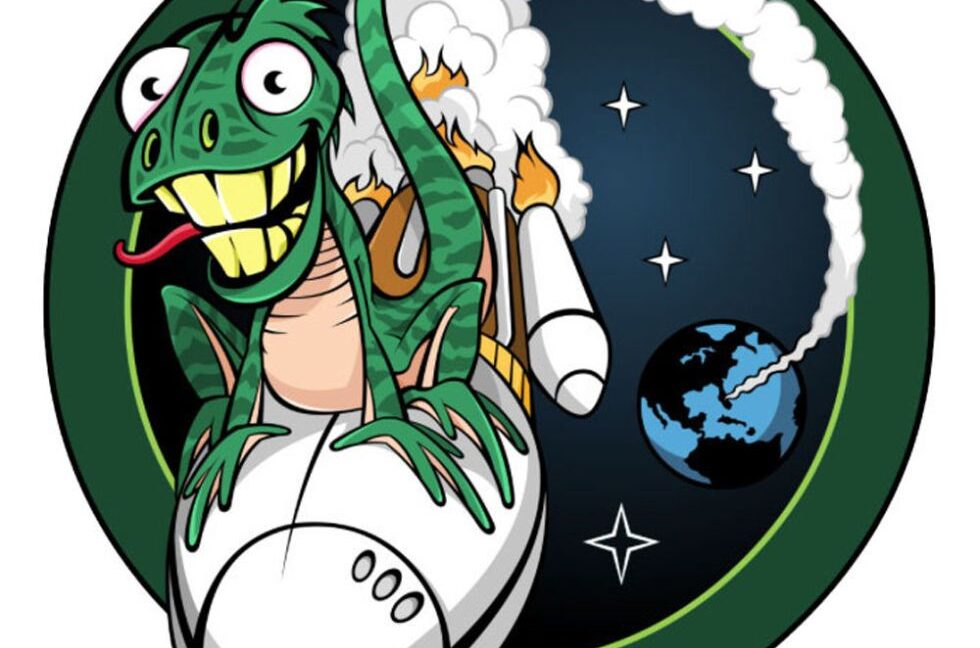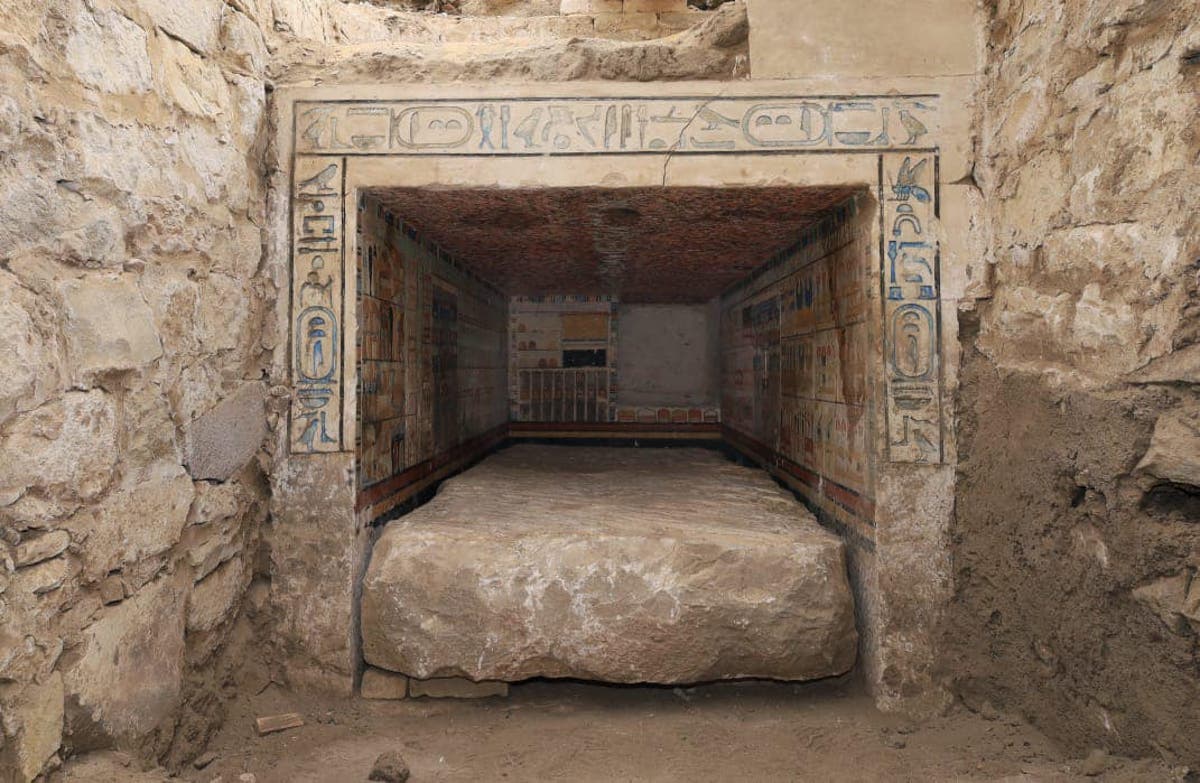Mission patches, a tradition spanning over six decades, have evolved from simple identifiers to intricate works of art symbolizing the spirit and goals of space exploration. From the early days of the Soviet space program to modern-day private endeavors, these patches are more than mere decorations; they are emblems of human achievement.
The practice of using mission-specific patches gained prominence with NASA’s Gemini 5 mission in 1965. Crew members Gordon Cooper and Pete Conrad, inspired by the tradition of military patches, designed their own insignia, featuring a covered wagon and the slogan "8 days or bust". This set a precedent for nearly every subsequent NASA mission, extending beyond human flights to non-crewed missions and other space agencies worldwide.
The Apollo 11 patch, a notable exception in NASA history, intentionally omitted the crew names, instead featuring a bald eagle landing on the moon, emphasizing that the mission was for all of humanity. This emblem serves as a clear symbol of the United States leading the way in space exploration and became instantly iconic.
Another example is the Skylab rescue mission patch, a testament to NASA’s adaptability. Although the rescue mission itself never launched, the patch became a lasting symbol of preparedness and innovation.
The Space Shuttle era saw a boom in creative patch design, with crews frequently taking the lead in the process. This exercise, which often involved collaborating with graphic designers and space artists, was viewed as a vital part of team building and developing a sense of shared purpose in each mission.
The National Reconnaissance Office (NRO), responsible for spy satellite launches, has also utilized mission patches as a unique communications tool. Their designs are often humorous and enigmatic, hinting at the nature of their clandestine operations while showcasing sophisticated artistic talent.
The European Space Agency (ESA) has also created memorable patches that reflect the continent's scientific heritage, often featuring bold designs that deviate from typical templates. These patches often celebrate unique artistic and cultural expressions, emphasizing Europe's place in the broader story of space discovery.
In recent years, SpaceX has joined the tradition with imaginative patches, often incorporating dragon motifs to reflect the name of their spacecraft, Dragon. While they no longer produce unique patches for every Starlink mission, their designs for crewed flights continue to be an influential part of the community of space mission patch design.
The art and design of mission patches serve as a visual representation of human ingenuity and the relentless pursuit of space exploration. They are not just badges of honor but also artistic testaments to human achievement in space.







